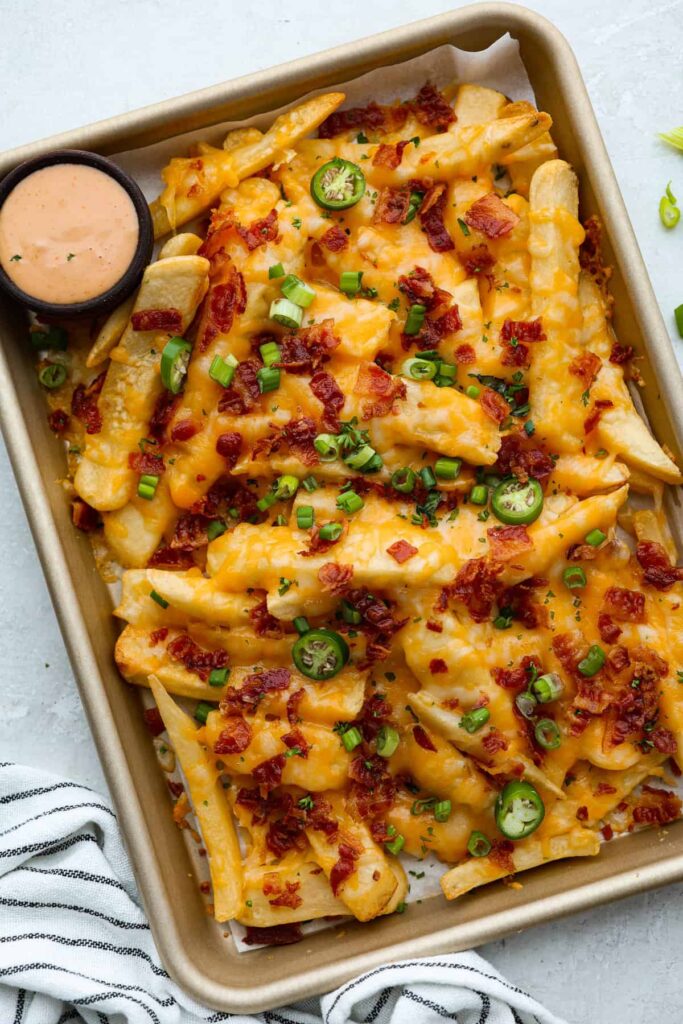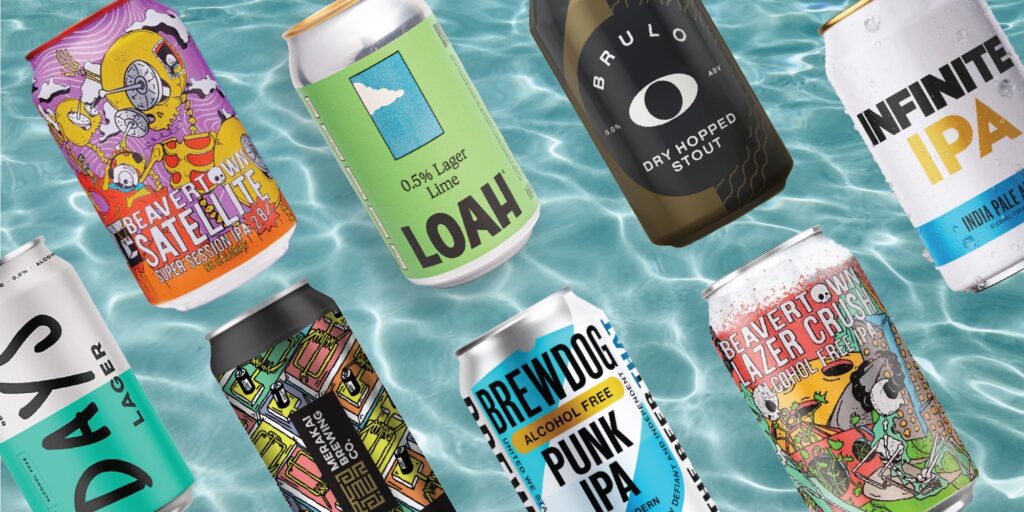Delve into the latest industry trends that are predicted to help takeaways and restaurants remain competitive and profitable this year
Smashing it

The popularity of smash burgers are set to reach new heights in 2025, especially in fast food restaurants and takeaways looking to embrace booming restaurant trends and satisfy customers that want to enjoy and on-trend option on the move.
This is a trend noted by Justin Cadbury, chairman and CEO of Synergy Grill Technology, who says: “When added to menus, smash burgers can send sales soaring, and profits too. This is partly thanks to the thin ‘smashed’ nature of the patty, which in theory, means an operator can nearly half the amount of meat used per portion, and therefore, half the ingredient cost of a single patty.”
Loyalty schemes
Customer retention is more critical than ever, with studies from digital marketing company Impact Data estimating that winning a new customer can cost four to six times more than encouraging an existing one to return. As a result loyalty schemes are becoming all the more important, however they have moved on from simply collecting points. Customers want instant rewards such as discounts, exclusive items and surprise perks, which is driving demand for digital loyalty cards and apps. These allow operators to target promotions, adjust rewards, and tailor offers to individual customer preferences, leading to greater long-term benefits such as improved retention rates and a stronger connection with customers.
Loaded chips

Move over gravy, ketchup and tartare sauce — 2025 is the year of loaded chips. If it can be poured, shredded, or chopped, it’s fair game for this versatile trend so expect to see chips piled high with everything from cheese and chicken to jalapeños and pulled pork. Not only do loaded chips offer higher selling points and better margins, but they also help operators maximise existing ingredients.
Dave Carpenter, national account manager for Kerry Foodservice, highlights the opportunity: “Fish and chips needs to evolve to attract a younger demographic and cater to the whole family shopping basket – not just the parents. Loaded fries are a great way to do this. We pushed them years ago, but the market wasn’t ready. Now, we’re seeing demand grow.”
Kerry Foods is set to launch a new cheese sauce designed for loaded fries. “It’s ambient storage, bain-marie and microwave stable, and can be used hot or cold. We’ve made it as user-friendly as possible to encourage fish and chip shops to expand their menus. Plus, it’s a great addition to burgers too,” adds Dave
Still clucking for chicken
Chicken continues to soar in popularity, making it a smart addition to the menu, especially with fish prices on the rise. Universally appealing, chicken caters to a diverse customer base, from families with young children to teenagers and those seeking a lighter or alternative protein option.
Versatility is key – you can serve chicken as an individual portion or embrace the family dining trend with sharing buckets. Richard Turner, KFE area sales manager, says these days you don’t even need specialist equipment. “Chicken in the pan on a fryer is as good as anything pressure-fried.” Advising against chicken on the bone, which requires longer cooking times, he suggests chicken goujons as an ideal place to start: “They cook evenly, stay moist, and are incredibly easy to prepare.”
Alcohol avoidance

The demand for low and no-alcohol drinks is on the rise as consumers increasingly seek healthier alternatives and choose sobriety to enjoy their social moments better. The increase in demand for these beverages during the Christmas season was particularly noteworthy, according to data and analytics company GlobalData, as it highlights the growing acceptance in a time when drinking is considered part of culture. Aligning with these new developments, a survey showed that 45% of consumers ‘sometimes’ or ‘regularly’ drink low or no-alcohol beverages.
Tech-savvy
With staff costs rising due to increases in NIC and NLW this April, operators will need to invest in equipment and technology that boosts efficiency without compromising quality. Tools like combi ovens for multi-option cooking, self-serve kiosks to relieve a member of staff, self-cleaning equipment, and smart kitchen integration can significantly streamline operations. Additionally, rota management software can optimise staff scheduling, reduce labour costs and improve workflow.
These innovations not only help businesses run more efficiently but also ensure consistency—allowing operators to maintain high standards while adapting to the challenges of rising costs.
Value for money

As consumers remain cautious with what and where they spend their money, value continues to be the dominant consumer attitude when eating out. According to a report by food wholesaler Bidfood, the very value-led consumers make up 76% of the market. However, value means more than a low price. Consumers define value for money as: ‘something that is worth the cost’ (41%), ’a good deal’ (38%), ‘something that is good quality’ (37%). Therefore the challenge for operators is to balance value without compromising on quality. When the time does arise to increase menu prices, Bidfood suggests protecting those key menu items that consumers will be more cost-conscious with i.e. fish and chips by increasing the cost of other items like sides, starters or desserts.
Serving up portion control
For businesses not already on top of portion control, this is the time to start, as ingredient costs remain high across many categories. Whether using scales to weigh fish or a timer to peel potatoes, train staff to ensure every portion meets the same standard. While weighing chips on the spot might not be practical, scoops and portion-sized boxes will help servers manage this task efficiently and easily. Not only does portion control protect your margins, but it also ensures a consistent customer experience.
Behind closed doors
Dark kitchens, also known as cloud or ghost kitchens, surged in popularity during Covid. As of April, rising operational costs will make this model even more appealing. By eliminating the need for a shopfront, reducing staff requirements, and avoiding furniture expenses, businesses can significantly cut overheads. Moreover, the model has evolved: operators can choose to operate independently or share kitchen spaces with other brands or cuisine types, maximising efficiency and further reducing operational expenses.







